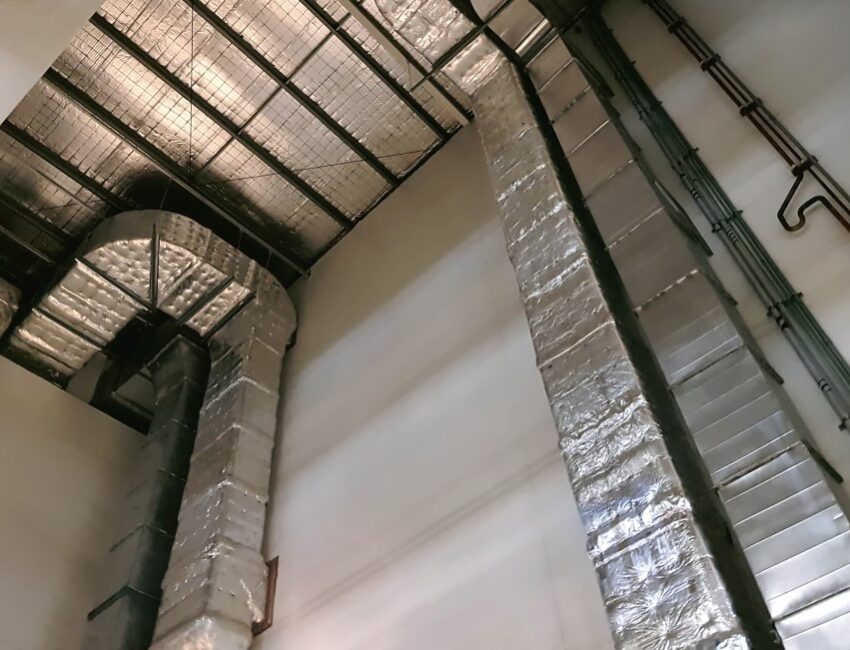
Keep up with the latest trends in commercial HVAC systems
Technology is constantly changing, and these changes occur faster than ever. Commercial HVAC is no exception. It is essential to stay on top of technology, as regulations change often and consumers' needs are paramount.
What are the current trends in commercial HVAC systems?
Concerning commercial HVAC systems, the primary considerations are energy consumption, cost, and the environmental impact of constant heating and cooling system demand. These priorities are considered in the following trends, so efficiency, price, and an environmentally-friendly approach to heating or cooling your premises are at the top of the list.
Smart HVAC Systems
If we haven't already, most of us will be considering integrating innovative technology into our homes. Commercial property owners are also looking into commercial systems that use wireless technology. Intelligent systems can be used to regulate efficient use. Sensors that are integrated into the system allow for the determination of the building's requirements. They can sense trends in usage and work in harmony with the building's needs. They can detect if an area is being heated or cooled unnecessarily. These systems can perform their diagnostic checks, alerting the system if it needs servicing or maintenance.
Green Buildings
Green buildings strongly emphasize the environment and are designed to be energy efficient. Learn more about green buildings by reading the following article. What is a Green Building? What is a "green" building? A building that reduces or eliminates adverse impacts through its design, construction, or operation and has positive effects on the climate and natural environment. Green buildings help to preserve valuable natural resources and enhance our quality of living.
Commercial buildings' HVAC systems are responsible for large amounts of energy consumption. It is essential to have an up-to-date system with heating, ventilation, and air conditioning that complements the building's purpose.
